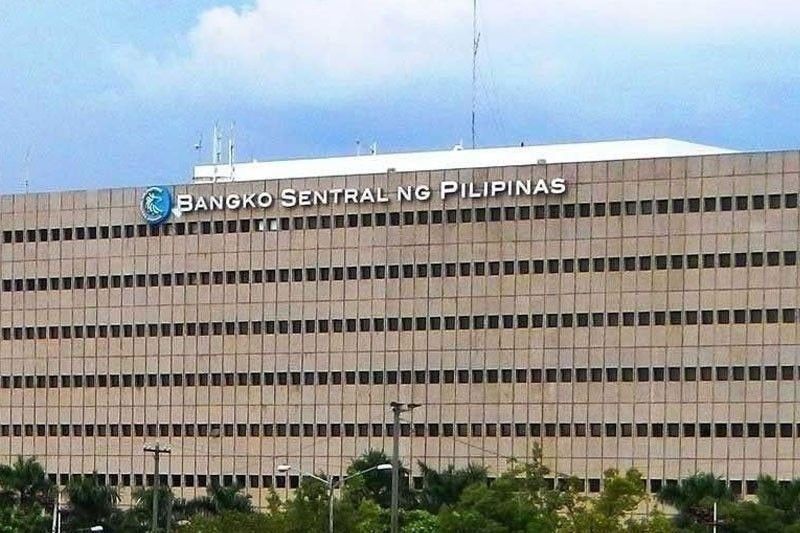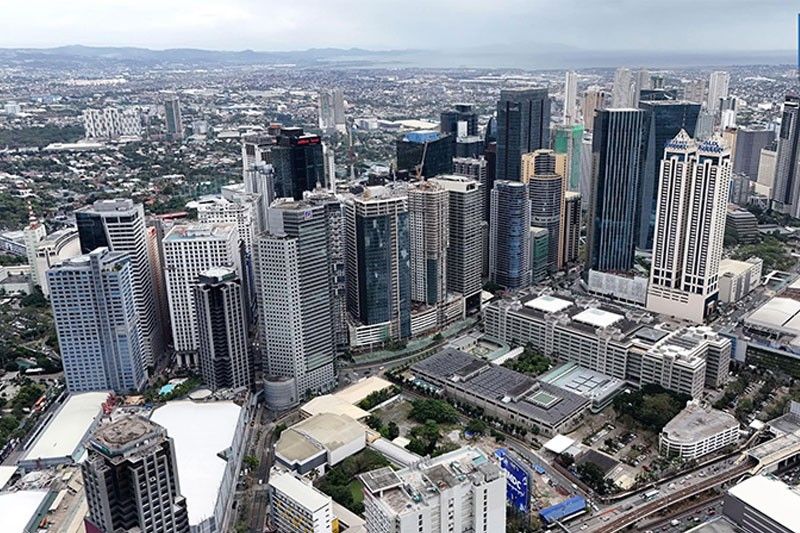
Upgrade to High-Speed Internet for only ₱1499/month!
Enjoy up to 100 Mbps fiber broadband, perfect for browsing, streaming, and gaming.
Visit Suniway.ph to learn
Keisha Ta-Asan - The Philippine Star
May 24, 2025 | 12:00am
In a statement following a weeklong visit to Manila, IMF mission chief Elif Arbatli Saxegaard said the country’s current account deficit is projected to shrink to 3.4 percent of gross domestic product (GDP) in 2025 from 3.8 percent last year, helped by weaker global commodity prices.
STAR / File
MANILA, Philippines — The International Monetary Fund (IMF) expects the Philippines to narrow its current account shortfall and trim its fiscal deficit this year, even as economic growth is projected to remain below pre-pandemic levels.
In a statement following a weeklong visit to Manila, IMF mission chief Elif Arbatli Saxegaard said the country’s current account deficit is projected to shrink to 3.4 percent of gross domestic product (GDP) in 2025 from 3.8 percent last year, helped by weaker global commodity prices.
The IMF also noted continued progress in fiscal consolidation, with the budget deficit falling to 5.7 percent of GDP in 2024 from 6.1 percent in the previous year. This brings the deficit in line with the government’s latest fiscal program, with the IMF describing the overall stance as “broadly neutral” for 2025.
The multilateral lender said sustaining the consolidation would require new tax measures and spending reforms.
“Tax reforms could prioritize raising excise taxes, enhancing VAT (value-added tax) efficiency, improving tax administration and ensuring effective control of tax incentives,” Saxegaard said.
She emphasized the need to strengthen local governments’ capacity to absorb and utilize additional resources from the national tax allotment.
The IMF also flagged subdued private investment and downside risks to growth amid external headwinds, including higher global policy uncertainty and slower economic activity in major trading partners.
Still, the Washington-based lender maintained its 5.5 percent growth forecast for the Philippines this year, inching up to 5.8 percent in 2026. It noted that household consumption would remain the main growth driver, aided by monetary policy easing, cooling inflation and low unemployment.
Inflation softened to 1.4 percent year-on-year in April, driven largely by the earlier interest rate hikes and falling food prices after rice tariff cuts and other government measures.
The IMF sees inflation staying near the lower end of the BSP’s two to four percent target band this year.
With price pressures easing and inflation expectations well-anchored, the IMF said the Bangko Sentral ng Pilipinas has room to cut interest rates and shift firmly toward a neutral policy stance.
Meanwhile, the IMF said financial risks in the banking system are “contained,” citing strong capital and liquidity buffers and healthy credit growth. However, it warned that growing exposures in real estate, non-bank lenders, and consumer loans require close monitoring.
It also welcomed the Philippines’ exit from the Financial Action Task Force’s gray list in February and urged authorities to maintain the momentum in strengthening anti-money laundering and counter-terrorist financing frameworks.
The IMF team visited Manila from May 14 to 20 for regular consultations with government officials, the central bank and private sector representatives.

 7 hours ago
5
7 hours ago
5





